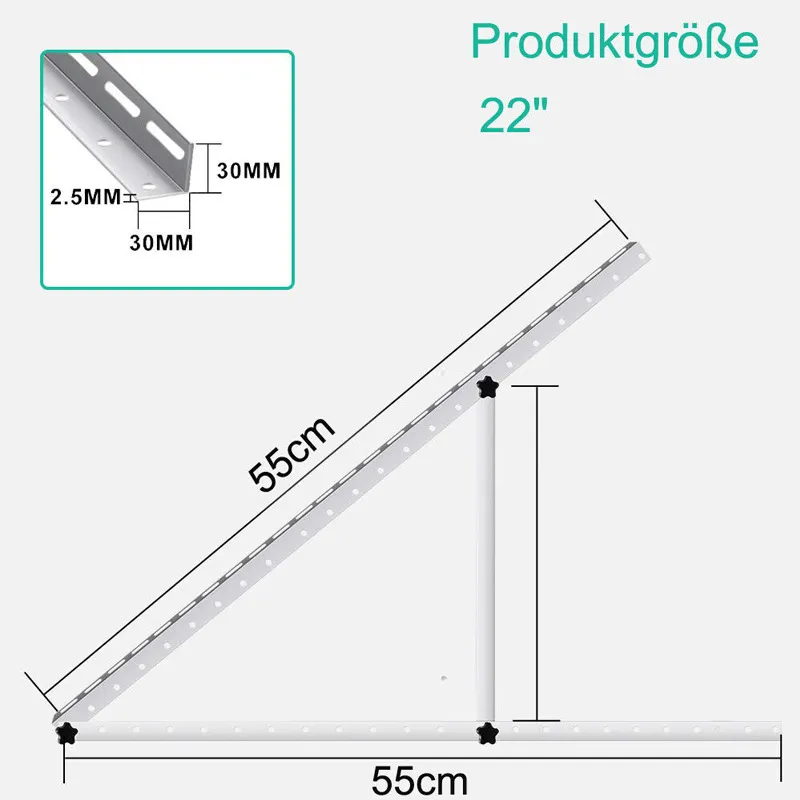

m12 washer diameter
Sep . 22, 2024 19:21 Back to list
m12 washer diameter
Understanding M12 Washer Diameter An Essential Component in Engineering
In the world of mechanical engineering and assembly, the significance of every small component cannot be underestimated. Among these often-overlooked elements is the washer, specifically, the M12 washer. Understanding the dimensions and applications of an M12 washer is crucial for engineers, designers, and DIY enthusiasts alike. In this article, we will explore the importance of the M12 washer diameter and its role in various applications.
What is an M12 Washer?
The designation M12 refers to the nominal diameter of the bolt or screw it is compatible with, which is approximately 12 millimeters. Washers are used in conjunction with fasteners to distribute the load and prevent damage to the material being fastened. An M12 washer is designed specifically to accommodate M12 bolts or screws, making it a vital component in many fastener assemblies.
Dimensions of an M12 Washer
The diameter of an M12 washer can vary slightly based on its type—flat washers, spring washers, or locking washers. Typically, the outer diameter (OD) of an M12 flat washer ranges from around 24 to 30 millimeters, while the inner diameter (ID) is sized to fit snugly around the M12 bolt, usually about 12 millimeters. The thickness of the washer also varies, often falling between 1.5 to 3 millimeters, depending on the manufacturer's specifications and the intended application.
Importance of Washer Diameter
m12 washer diameter

The diameter of an M12 washer plays a critical role in ensuring the effectiveness of a bolted joint. A washer with an appropriate diameter provides a larger surface area that distributes the load across the substrate material, reducing the likelihood of deformation or damage. This is especially important in applications involving soft or brittle materials where local deformation could lead to failure.
In addition to distributing loads, the washer diameter is also crucial in preventing the loosening of fasteners due to vibration. In machinery applications, vibrations can cause bolts to loosen over time. The added surface area of the washer helps to resist this movement, keeping assemblies tight and secure.
Applications of M12 Washers
M12 washers find their applications in various fields, including automotive, construction, and general manufacturing. For instance, in the automotive industry, M12 washers are frequently used in securing engine components, ensuring that bolts maintain their grip under the stress of movement and vibration. In construction, these washers are often employed in structural assemblies, ensuring that connections are robust and reliable.
Moreover, M12 washers are commonly used in DIY projects and home repairs, providing a simple yet effective solution for ensuring the longevity and stability of the assembled components. Whether used in furniture assembly or outdoor fixtures, the M12 washer proves to be an indispensable part of the fastening process.
Conclusion
In summary, the M12 washer diameter is a critical specification that impacts the performance and reliability of bolted joints across a wide array of applications. Proper selection of washer diameter can ensure effective load distribution, reduce the risk of fastener loosening, and protect the integrity of the materials being joined. As engineers and designers continue to seek efficient and effective solutions in their projects, the importance of understanding components like the M12 washer remains paramount. By paying attention to these small yet crucial details, the overall quality and durability of engineering projects can be significantly enhanced.
Latest news
-
Similarities and Differences Between Plain Washer and Spring Washer - Fastener Comparison Guide
NewsJun.10,2025
-
Effortless Installation Self-Drilling Window Screws - Fast, Secure, and Durable Fasteners
NewsJun.10,2025
-
Self Drilling Stucco Screws for Fast, Secure Installation Self Tapping & Self-Tapping Fasteners
NewsJun.10,2025
-
Premium Hot Dipped Galvanized Self Tapping Screws - Durable Corrosion Resistance
NewsJun.09,2025
-
Discover M12 Weld Stud Benefits & Applications Guide
NewsJun.09,2025
-
M25 Stainless Steel Washers High-Durability Fasteners for Corrosion Resistance
NewsJun.09,2025

